During the initial days of the new coronavirus (COVID-19) outbreak in the United States, many Americans scoffed at warnings and recommended precautions, considering it an overreaction. And while those panic-buying up toilet paper and bottled water may still have their priorities misplaced, there’s growing recognition for the need to take this pandemic seriously and react appropriately.
While our federal government’s reaction continues to be bogged down by partisanship, many states are moving swiftly to crack down on the spread of the virus — some taking more aggressive steps than others.
Wallethub has taken a look at the actions states have taken, putting together a ranking from most- to least-aggressive in terms of responsiveness. It considered factors such as tested cases per capita and state legislation, containment and prevention measures such as public health laboratories per capita, number of tested individuals, confirmed cases and deaths. Also factored in were state actions such as travel restrictions; social distancing measures including limits on public gathering sizes and closing schools, restaurants and other public gathering places; and increasing funding to combat the virus.
“One of the most aggressive actions that states have taken thus far is to institute a curfew for residents. New Jersey, New York and Connecticut have done that so far, but other states are contemplating the move, as well,” said WalletHub analyst Jill Gonzalez. “Another drastic measure has been to call in the National Guard, which at least 18 states have done.”
Beyond key actions to limit the spread of the virus, the rankings also considered risk factors such as poverty, infectious disease rate and uninsured rate, as well as economic impact factors such as the number of part-time workers and small business owners.
The comprehensive set of criteria illustrates just how widespread the potential impact of the pandemic is and how high the stakes are.
Some of the least-prepared states are those that have historically ranked low in health care access and have high rates of uninsured population, including Nevada, Texas and Missouri.
Hawaii, however, which is well-regarded for its quality of life and health care, is brought down by its reliance on accommodation and food service, arts, entertainment and recreation industries.
So which states are taking the most aggressive actions to combat the coronavirus? Check out the slideshow above.
For more coronavirus news, visit our Instant Insights page, “The coronavirus and its impact.”
Related:




 Home
Home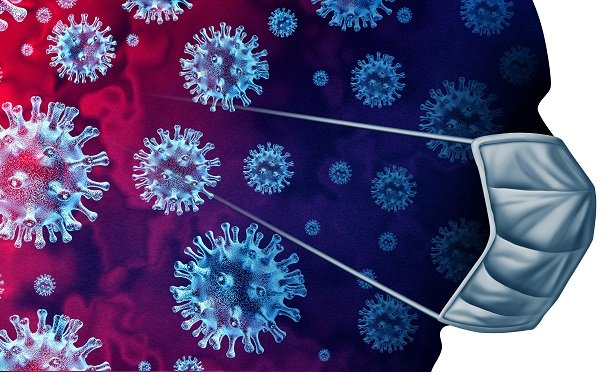
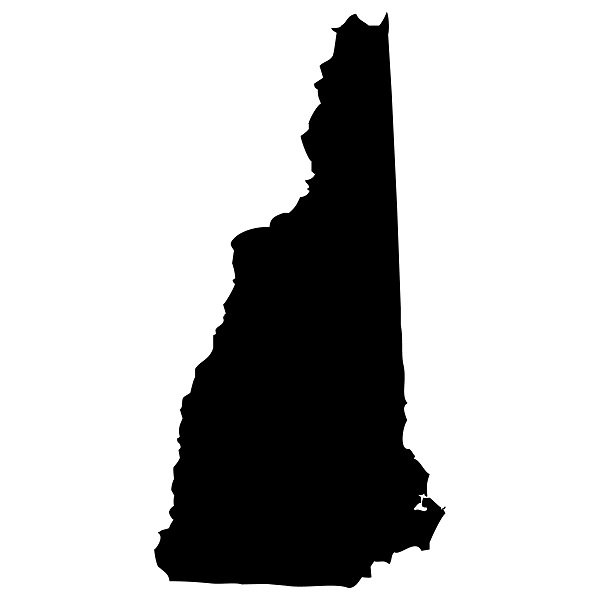
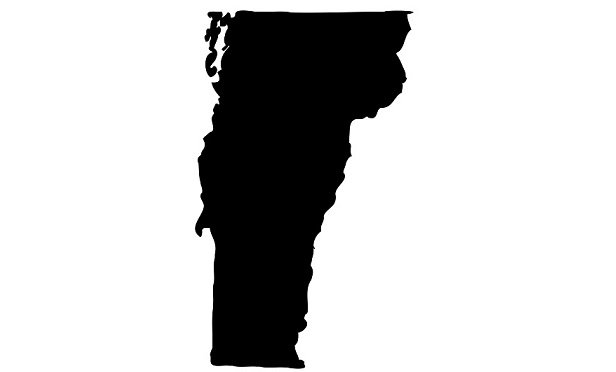

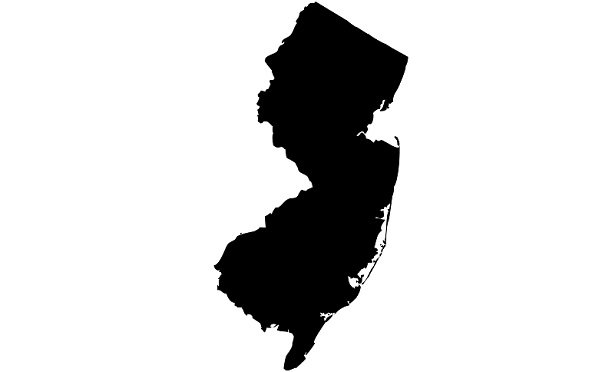
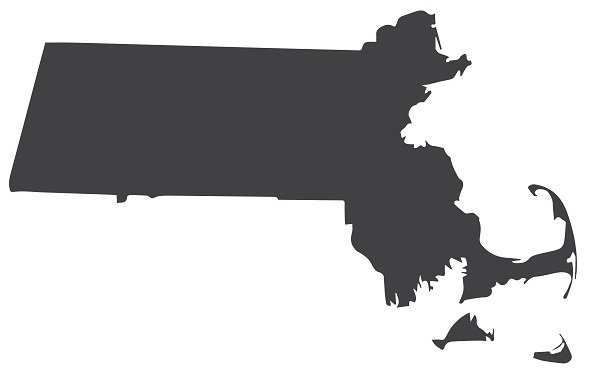

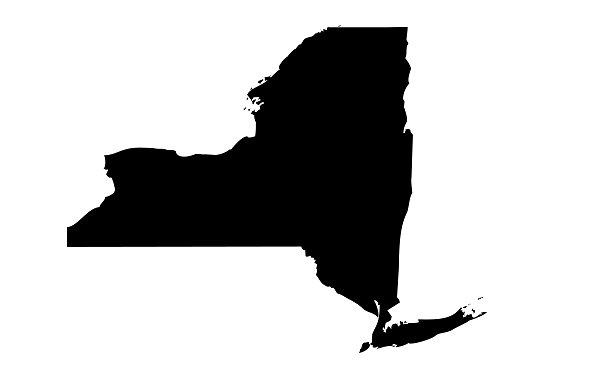
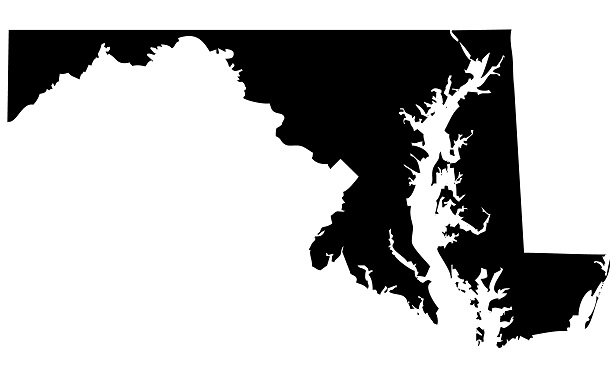






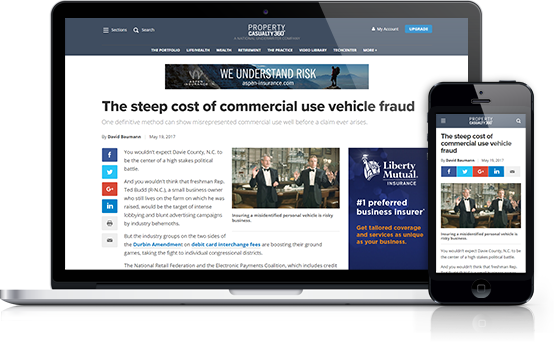




 Copyright © 2025 ALM Global, LLC. All Rights Reserved.
Copyright © 2025 ALM Global, LLC. All Rights Reserved.